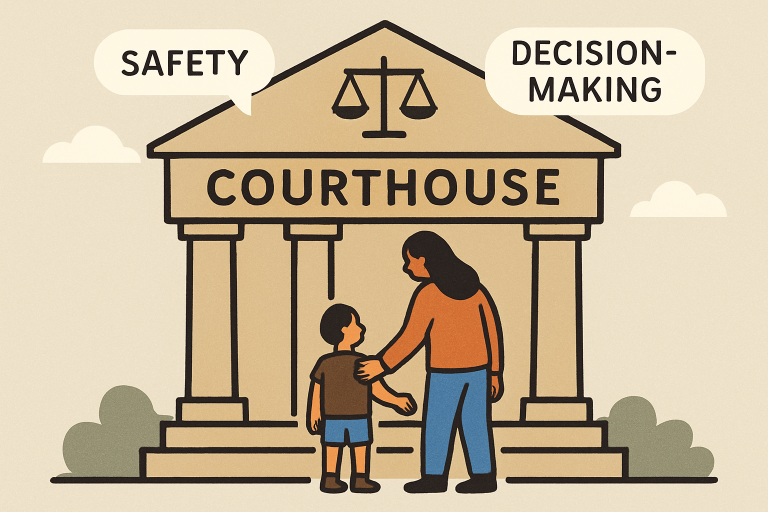In custody battles, courts are tasked with safeguarding children’s welfare, especially in high-conflict scenarios where abuse or trauma may cast a long shadow over a family’s future. Unlike ordinary disputes between parents, allegations of abuse—or confirmed instances of trauma—demand a far more nuanced response from both the legal system and those advocating for the child’s well-being. That’s why enlisting the support of a family attorney Tampa can be essential for families facing these unique and emotionally charged cases.
Types of Abuse Considered in Custody Cases
Courts acknowledge that abuse can take many forms, each causing different forms of harm. Physical abuse, such as hitting or reckless endangerment, leaves obvious marks, but emotional and psychological abuse can leave wounds that are just as deep and lasting. Emotional abuse might involve rejecting, isolating, terrorizing, or ignoring a child, while psychological abuse can manifest as threats, manipulation, or controlling behaviors.
Recognizing Trauma in Children
Signs of trauma in children are not always easily recognizable. Behavioral “red flags” can include sudden aggression, withdrawal, regression to earlier behaviors (like bedwetting or thumb-sucking), nightmares, or unexplained fears. Often, children may have difficulty concentrating at school, show a marked decline in academic performance, or experience difficulty forming friendships. Input from mental health professionals, such as pediatric therapists or child psychologists, is invaluable in identifying and articulating these often subtle indicators.
How Courts Assess Evidence of Abuse or Trauma
Family courts use a structured process to determine the legitimacy and severity of abuse or trauma allegations. This includes collecting evidence, evaluating the credibility of witnesses, considering documentation from medical and mental health experts, and, when appropriate, listening to the child’s perspective. Expert testimony from psychologists, child advocates, or social workers often carries significant weight in shaping the court’s understanding of a child’s needs and vulnerabilities.
Law’s Response: Best Interests of the Child
The “best interests of the child” doctrine is the foundation for nearly every legal custody decision. Each state defines this standard slightly differently, but common factors include the child’s safety, emotional needs, relationship with each parent, and history of abuse or neglect. Statutory guidelines often require that courts give extra caution in awarding custody or unsupervised visitation where substantial evidence of abuse exists.
Short and Long-Term Solutions: Family Law Courts Employ
Family law courts possess a wide array of tools to protect children in the short and long term. Temporary orders may provide immediate safety while investigations or extended counseling are underway. In severe cases, courts may shift toward permanent custody arrangements, removing children from dangerous environments to live exclusively with the non-abusive parent or, if needed, with other relatives or guardians.
Supporting Children’s Recovery and Resilience
Ultimately, the most effective custody decisions and ongoing legal oversight can offer the foundation for healing and resilience. Stability, safety, and consistent emotional support allow children to recover from trauma and rebuild confidence. Ongoing court involvement ensures that protective measures adapt as the child’s circumstances and needs evolve.
Building resilience is not the court’s sole responsibility. Schools, faith communities, youth organizations, and extended family members all play crucial roles in supporting affected children. Together, these networks create a protective, empowering environment that allows children not just to survive but to thrive after adversity.

